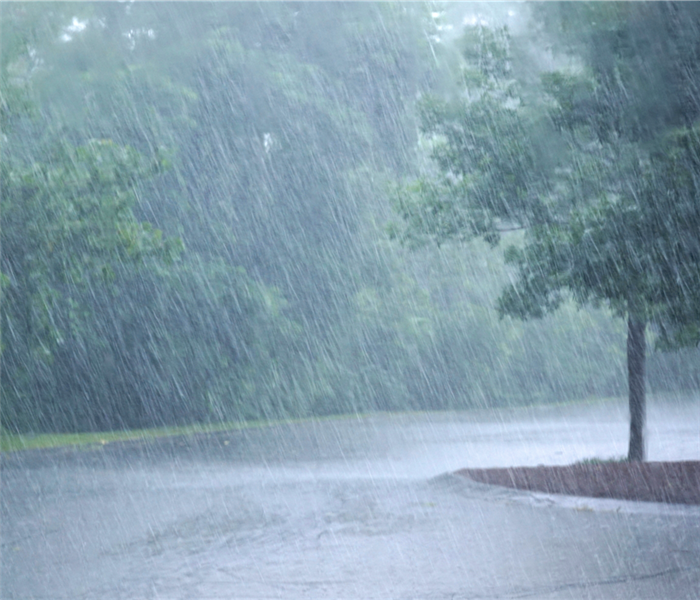Lessons from Historic Northeast Storms: Enduring Impact on Homes and Properties
9/11/2023 (Permalink)
 The lessons learned from historic storms have had a profound impact on how property owners prepare for and respond to extreme weather events.
The lessons learned from historic storms have had a profound impact on how property owners prepare for and respond to extreme weather events.
The Northeastern United States has a long history of enduring powerful and historic storms that leave a lasting impact on homes and properties. As a homeowner or property owner in this region, understanding the lessons learned from past storms is essential to better prepare for future weather events. In this blog, we'll explore some of the most significant historic Northeast storms, the valuable lessons they taught us, and the enduring impact they have had on homes and properties.
The Great New England Hurricane (1938)
The Great New England Hurricane of 1938, also known as the Long Island Express, was one of the most devastating storms to hit the region. With winds exceeding 120 mph, it caused widespread destruction to homes, properties, and infrastructure. The lesson learned from this historic storm was the importance of early warning systems and preparedness. Today, homeowners have access to advanced weather forecasting and emergency alerts, empowering them to take timely precautions when a storm is on the horizon.
The Blizzard of 1978
The Blizzard of 1978 remains one of the most infamous storms in Northeastern history. With record-breaking snowfall and fierce winds, it paralyzed cities and towns, leaving homes buried and properties inaccessible for days. This historic event highlighted the significance of having a well-stocked emergency kit, including food, water, blankets, flashlights, and batteries. Property owners learned the value of investing in snow removal equipment and planning for prolonged power outages.
Superstorm Sandy (2012)
Superstorm Sandy, a hybrid storm formed from a hurricane and a winter storm, struck the Northeast in 2012. This unprecedented storm caused extensive flooding, wind damage, and power outages, affecting millions of homes and properties. Homeowners realized the importance of elevating their homes in flood-prone areas and investing in flood insurance. Property owners also recognized the need for strengthening infrastructure and coastal protection measures to mitigate the impact of future storms.
The "Bomb Cyclone" (2018)
The "Bomb Cyclone" that hit the Northeast in 2018 brought a rapid drop in atmospheric pressure, resulting in intense snowfall and blizzard conditions. This storm demonstrated the significance of proper insulation and weatherproofing to protect homes from extreme cold and prevent heat loss. Homeowners learned to seal gaps and cracks, add extra insulation, and ensure their heating systems were in excellent working condition to endure such frigid conditions.
Lessons for Home and Property Insurance
Historic Northeast storms have also underscored the importance of having adequate home and property insurance coverage. Many homeowners have faced significant financial losses due to storm-related damage. Understanding the terms and coverage of insurance policies is crucial for making informed decisions and ensuring that homes and properties are adequately protected against storm-related risks.
The lessons learned from historic Northeast storms have had a profound and lasting impact on how homeowners and property owners prepare for and respond to extreme weather events. Early warning systems, emergency preparedness, and investing in weather-resistant infrastructure have become crucial pillars of storm readiness. Homeowners have become more aware of the importance of fortifying their properties against the forces of nature and having comprehensive insurance coverage to mitigate potential financial losses. By drawing from the experiences of past storms, we can better equip ourselves and our properties to weather any future challenges that come our way.


 24/7 Emergency Service
24/7 Emergency Service